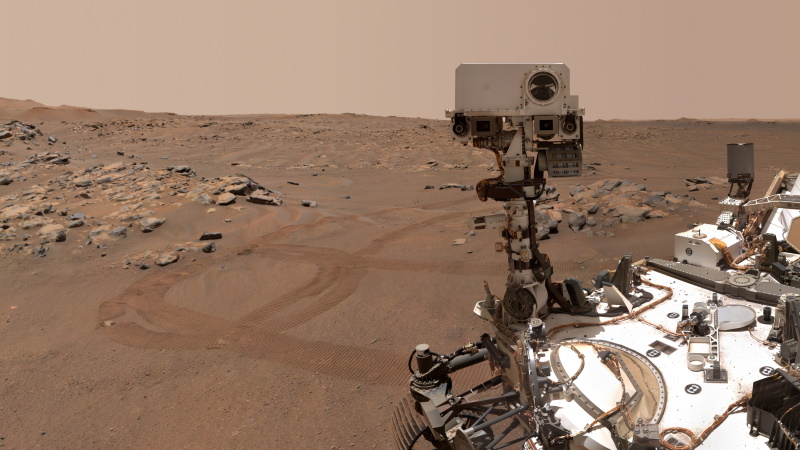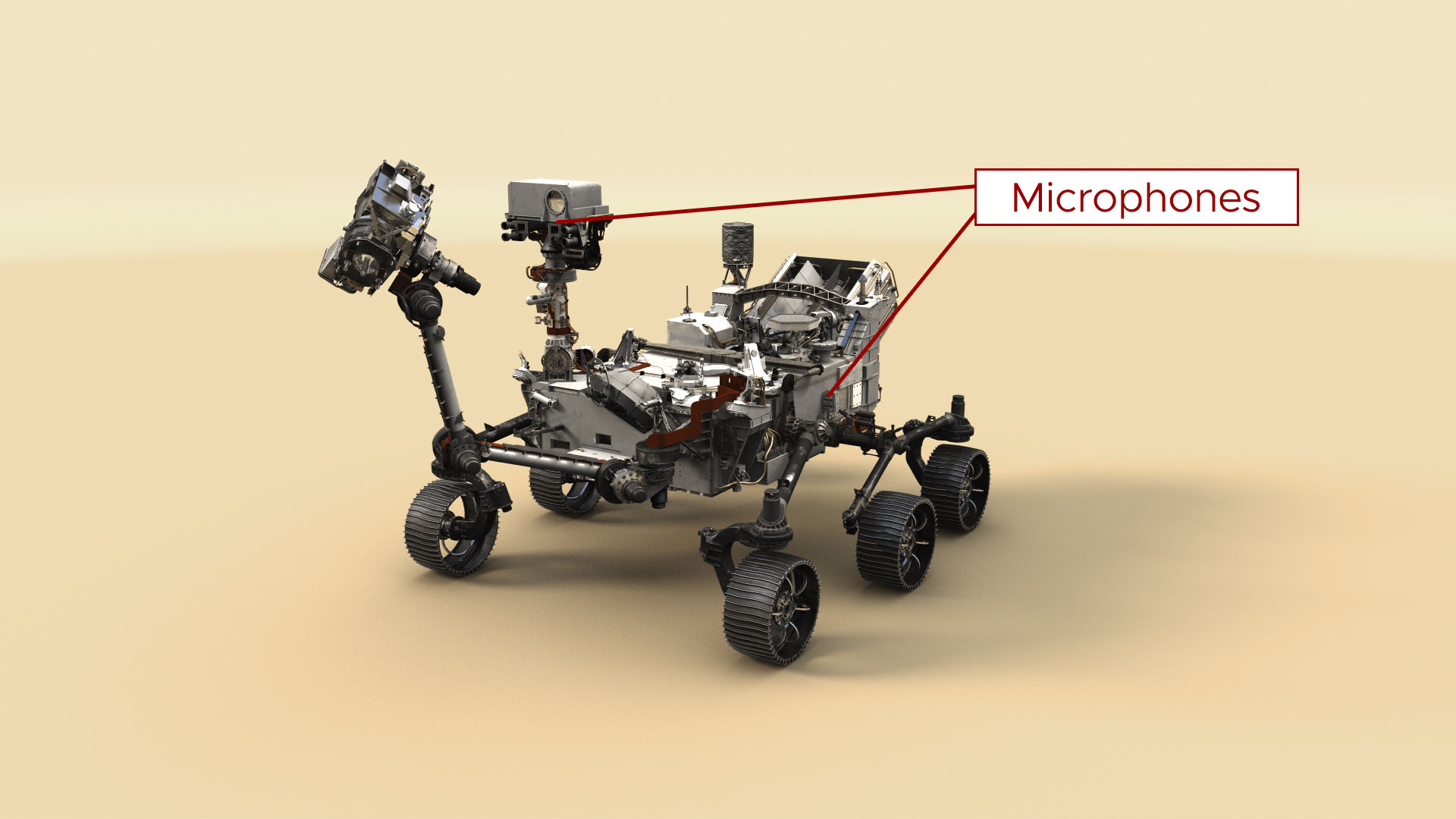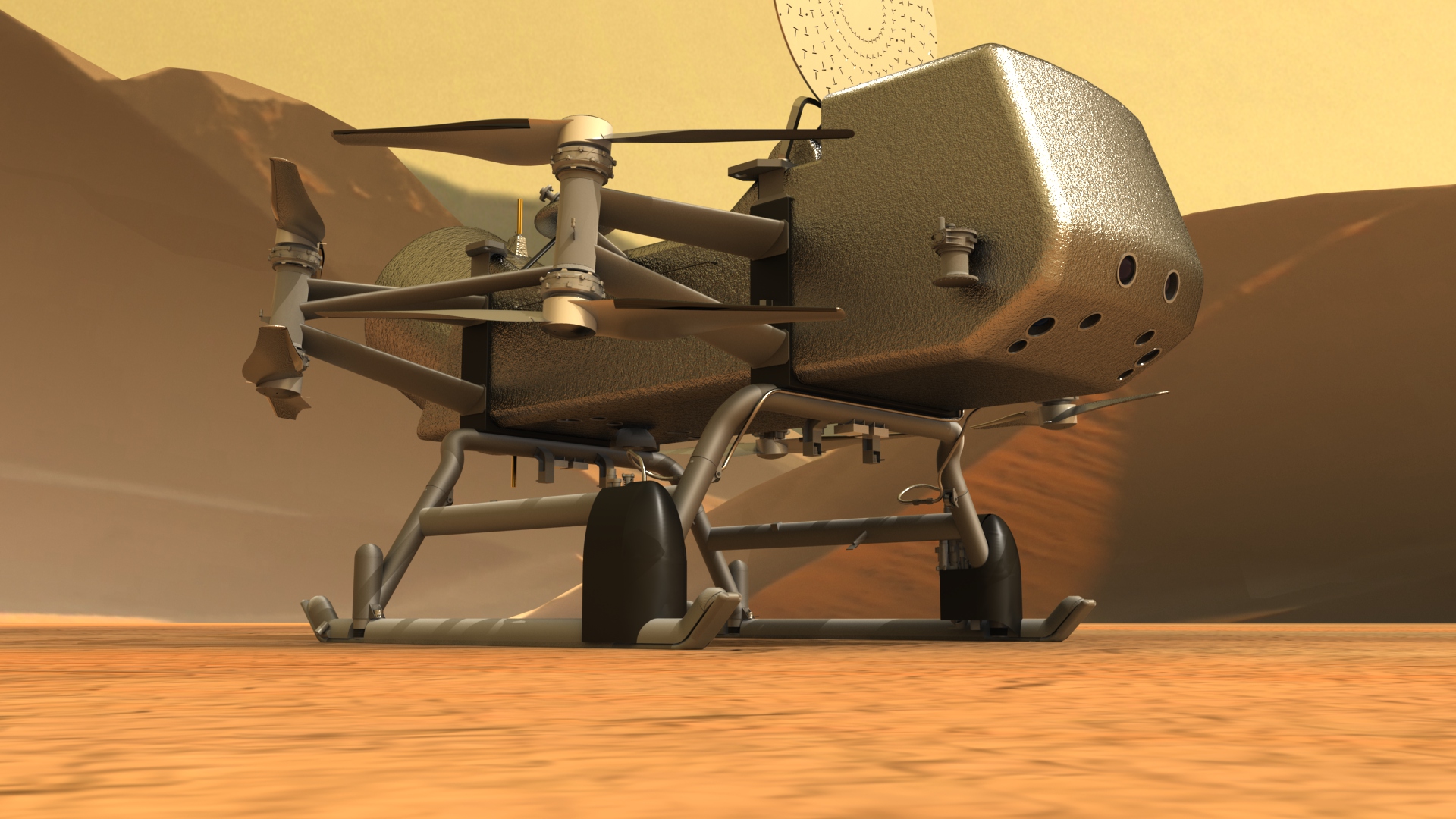News
NASA’s Perseverance Rover Captures New Sounds on Mars
An international team of scientists is performing the first-ever analysis of acoustics on Mars.
Johns Hopkins Applied Physics Laboratory (APL) planetary scientist Ralph Lorenz is a co-author on a new study that reveals how fast sound travels through the Red Planet’s extremely thin, mostly carbon dioxide atmosphere, how Mars might sound to human ears, and how scientists can use audio recordings to probe subtle air-pressure changes on another world — and to gauge the health of the Perseverance rover.
“It’s a new sense of investigation we’ve never used before on Mars,” said Sylvestre Maurice, an astrophysicist at the University of Toulouse in France and lead author of the study, published April 1 in the journal Nature. “I expect many discoveries to come, using the atmosphere as a source of sound and the medium of propagation.”
Most of the sounds in the study were recorded using the microphone belonging to Perseverance’s SuperCam, mounted on the head of the rover’s mast. The study also refers to sounds recorded by another microphone mounted on the chassis of the rover. This microphone recently recorded the puffs and pings of the rover’s Gaseous Dust Removal Tool, or gDRT, which blows shavings off rock faces that the rover has abraded for examination.
The result: a new understanding of strange characteristics of the Martian atmosphere, where the speed of sound is slower than on Earth — and varies with pitch (or frequency). On Earth, sounds typically travel at 767 mph (about 340 meters per second). But on Mars, low-pitched sounds travel at 537 mph (about 240 meters per second), while higher-pitched sounds move at 559 mph (about 250 meters per second).
The variable sound speeds on Mars are an effect of the thin carbon dioxide atmosphere. Before the mission, scientists expected the cold carbon dioxide atmosphere would influence sound speed, but the phenomenon had never been observed until these recordings were made. Another effect of this thin atmosphere: Sounds carry only a short distance, and higher-pitched tones carry hardly at all.
On Earth, sound might drop off after about 213 feet (65 meters); on Mars, it falters at just 26 feet (8 meters), with high-pitched sounds being lost completely at that distance.


